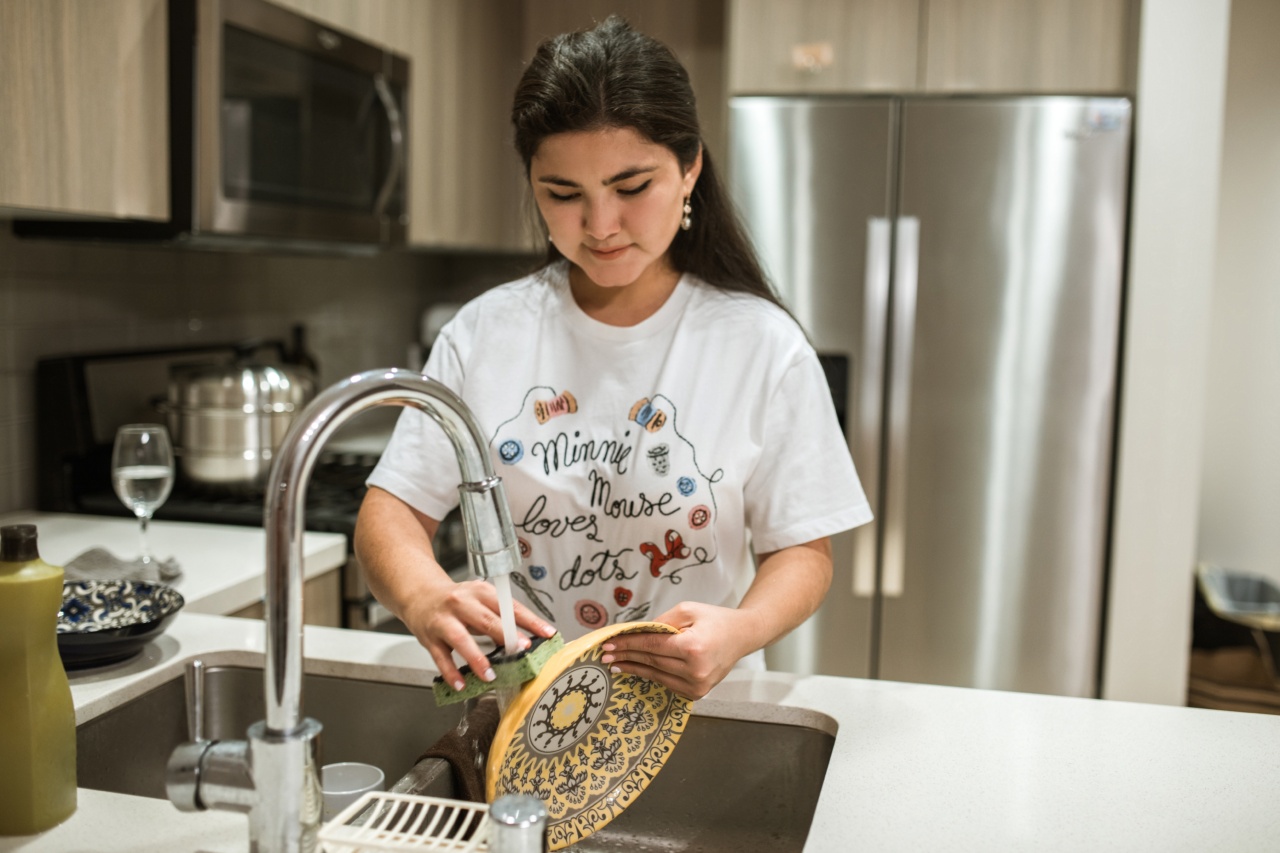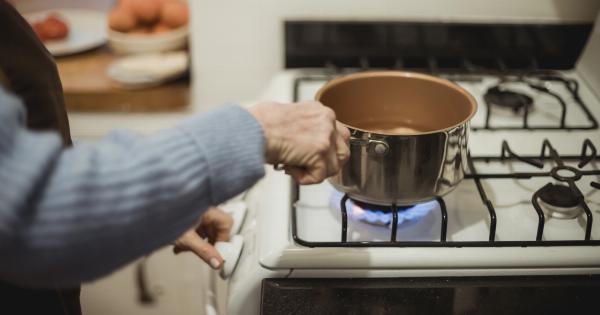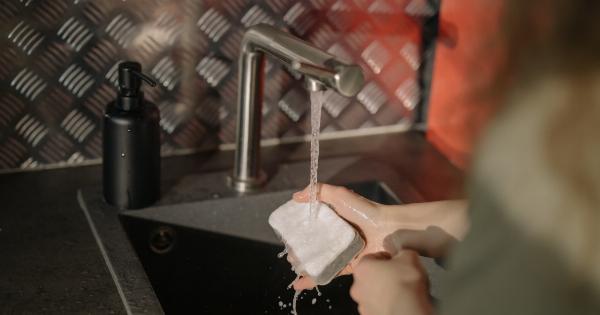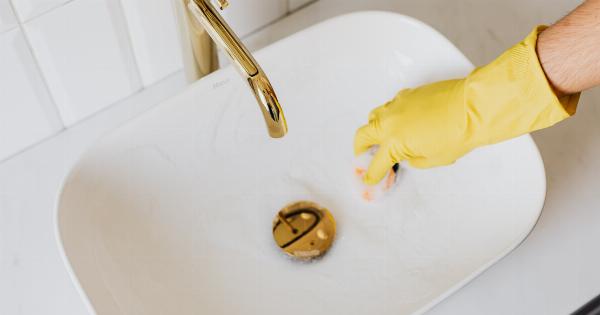When it comes to doing the dishes, most people wouldn’t think twice about the sponge they use to scrub off grime and food debris.
However, did you know that your dish sponge could be a breeding ground for harmful bacteria if not properly maintained and replaced regularly?.
Why should you switch up your dish sponge?
Dish sponges are commonly used to clean utensils, dishes, and other kitchen items, which can be prone to collecting harmful bacteria. Over time, a single dish sponge can be a breeding ground for germs, even if it appears clean on the surface.
Some of the common types of bacteria that can be found in dish sponges include:.
- E. coli
- Salmonella
- Staphylococcus aureus
- Listeria
These types of bacteria can cause sickness and foodborne illnesses, which is why it’s important to switch up your dish sponge regularly to avoid the risk of cross-contamination.
How Often Should You Replace Your Dish Sponge?
According to a study by the Journal of Environmental Health, the average kitchen sponge can contain up to 45 times more bacteria than a toilet seat. With this in mind, it’s recommended that you replace your dish sponge at least once a week.
However, if you notice any signs of wear and tear, or if the sponge begins to smell funky, it’s best to replace it sooner rather than later.
How to Clean Your Dish Sponge
While switching up your dish sponge is important, you can also extend the lifespan of your sponge by properly cleaning it after every use. Here are a few tips to keep your dish sponge clean and hygienic:.
1. Rinse After Use
After every use, rinse your dish sponge thoroughly with hot water. This will help to remove any food debris and prevent bacteria from growing.
2. Sanitize the Sponge
Once a week, you should sanitize your sponge to kill off any lingering bacteria. To do this, you can wet your sponge and zap it in the microwave for 2 minutes or run it through the dishwasher on the hot cycle.
You can also mix 1/4 cup of bleach with 1 gallon of water and soak your sponge for 5 minutes.
3. Air Dry
After cleaning your sponge, make sure to air dry it in a well-ventilated area. Don’t keep your sponge in a damp place such as under the sink, as this can encourage the growth of mold and bacteria.
Alternatives to a Dish Sponge
If you’re looking for an alternative to a dish sponge, there are a few options available:.
Dish Brush
A dish brush can be a great alternative to a sponge, as they are often made with synthetic bristles that are less likely to harbor bacteria. Plus, they are easy to clean and can be used to scrub off tough grime and grease.
Microfiber Cloth
A microfiber cloth is another good option for cleaning dishes, as they are highly absorbent and can easily remove dirt and grime. They are also machine washable and can be reused multiple times.
Paper Towels
While paper towels aren’t the most eco-friendly option, they can be useful for wiping down surfaces or for drying dishes. Just be sure to avoid using them to scrub off tough stains, as this can damage your dishes.
In Conclusion
Switching up your dish sponge is an important step in maintaining a clean and hygienic kitchen.
By following these tips and regularly replacing your sponge, you can help to reduce the risk of harmful bacteria and keep your kitchen utensils sparkling clean.





























